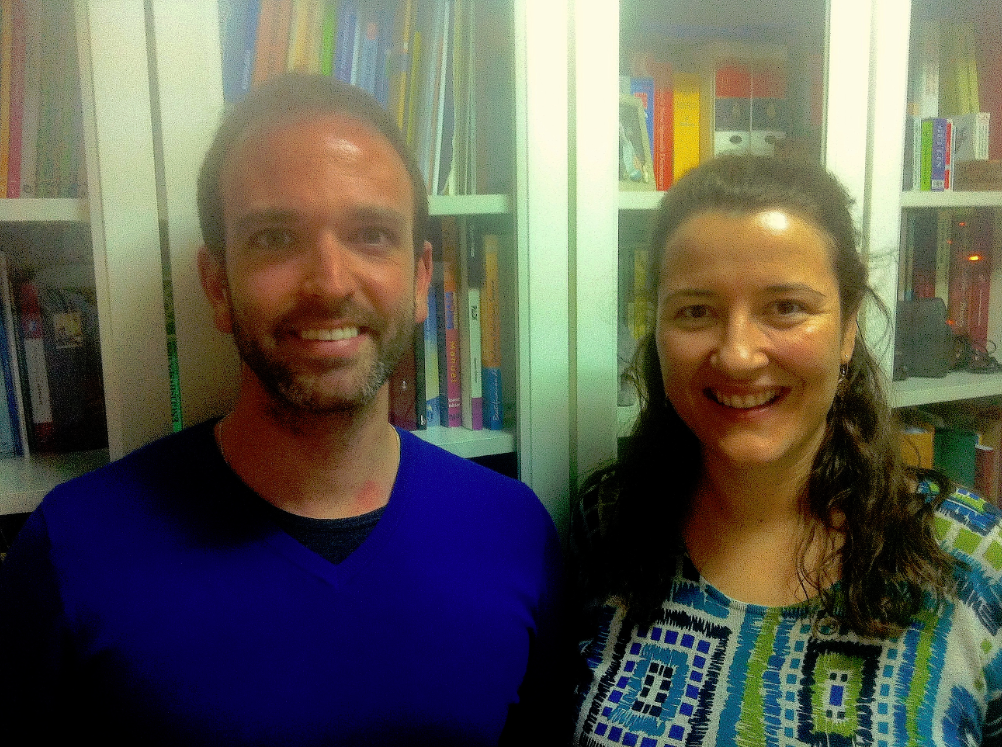Daniel Prefasi Gomar MD; Patricia Martínez-Sánchez , MD, PhD; Exuperio Díez-Tejedor, MD, PhD, FAHA, FESO, FANA.
Department of Neurology and Stroke Centre
La Paz University Hospital. Autonoma of Madrid University.
IdiPAZ Health Research Institute
Paseo de la Castellana 261, 28046, Madrid, Spain.
Telephone number: +34 91 7277444
Fax number: +34 913581403
e-mail: patrindalo@hotmail.com; edieztejedor@hotmail.com
Stroke is a significant cause of death and disability in young patients and produces devastating consequences affecting work capacity and lifestyle. Stroke etiologies differ between young and elderly patients, being the unusual and undetermined etiologies more frequent in younger patients and the atherothrombotic and lacunar strokes more frequent in the elderly. In more than one third of young IS patients no etiology is found, even after a complete etiological studies.
Atrial fibrillation (AF) is the cardiac arrhythmia most frequently associated with ischemic stroke (IS). One third of IS are cardioembolic and more than 15{cf2c27d335602139ec9071daca508545599ba8f9ca09b366fd00e5c28736f208} occur in the setting of AF. Most studies have described an increased frequency of this arrhythmia between elderly patients with stroke, increasing its incidence with the age.
AF is considered an extraordinary etiology of stroke in young patients so most of IS studies do no specify the ascertainment of AF in this group. Only a few studies have been reported in more detail the searching of AF in IS young patients and most of them have described a frequency less than 5{cf2c27d335602139ec9071daca508545599ba8f9ca09b366fd00e5c28736f208}. These results favor that in the younger patients the searching for this arrhythmia is scarce. Exceptionally one study performed in Persian patients described AF in 23{cf2c27d335602139ec9071daca508545599ba8f9ca09b366fd00e5c28736f208} of IS patients aged 15-45 years, being all of them related to rheumatic valvular disease.
Recently, we analyzed the frequency of AF (previous or de novo) in 157 IS patients up to 50 years of age. All patients underwent an electrocardiogram in the emergency room and continuous cardiac monitoring during the stay in the Stroke Unit (SU) (72 hours). We performed a transthoracic echocardiography in every patient and a Holter-monitoring (HM) in those patients without a clear diagnosis after the complete etiological studies.
Ten patients in our study had an AF previously known (8 in association with structural heart disease- SHD- and 2 without SHD). A HM was performed in 24.8{cf2c27d335602139ec9071daca508545599ba8f9ca09b366fd00e5c28736f208} of patients, resulting in the diagnosis of 3 new AF. Furthermore, the continuous cardiac monitoring in the SU diagnosed another new case of AF. Two of the new diagnosed AF had SHD whereas the other 2 were isolated. Overall, our study reveals a frequency of AF of 8.9{cf2c27d335602139ec9071daca508545599ba8f9ca09b366fd00e5c28736f208} in young IS patients, one of the highest described in the literature, possible explained for an intensive searching of these arrhythmia in our patients. Some authors have suggested that longer electrocardiogram monitoring using implantable loop recorders could increase the diagnosis of paroxysmal AF and decrease the frequency of undetermined IS in young patients.
The intensive search for the etiology of the IS in young patients is very important to indicate the most adequate treatments for secondary stroke prevention. The early diagnosis of AF after an IS could decrease the risk re-stroke through the use specific treatment such as oral anticoagulants.
We recommend to rule out the presence of an AF in young IS patients with undetermined strokes, despite complete etiological studies, especially in patients with large artery stroke or enlargement left atrial, because the prevalence of this arrhythmia could be higher than previously thought.



0 Comments